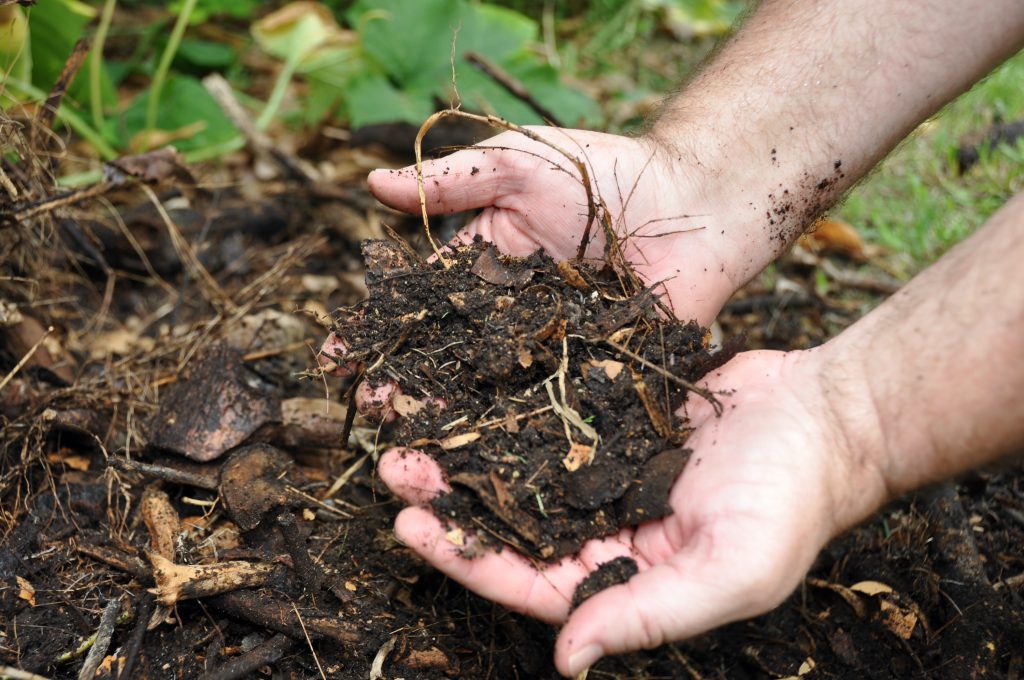If a tree falls in the forest, and there is no one there to hear it, does it make a sound? Of course it does, and I’m sure it’s quite loud. That philosophical question has never held my interest. Now, if you start talking about what happens to the tree after it falls, you will have my undivided attention.
Once a tree falls, it is consumed by the forest itself, and returns to the soil from which it came. A vast array of friendly decomposers from millipedes to fungi, combined with heat and moisture, work to break down the downed tree to a form that can be used again by the plants surrounding the fallen giant.
No one puts out granular fertilizer or sprays micro-elements in the forest. The trees and shrubs there look strong and healthy because nature’s circle of life takes fallen leaves, twigs, and even entire trees, and turns them into plant food. The forest floor is basically one gigantic compost bin.
If you would like to eliminate the need for synthetic fertilizers used on your own plantings, you can mimic nature by composting. Composting is a relatively simple process that can produce rich, natural plant nutrients if you follow a few simple rules.

-You can add any vegetable or fruit scraps, but not meats. Eggshells are okay, as are coffee grounds and even paper coffee filters.
-You can add any plant material. It is a very good idea to alternate layers of fruit and vegetable scraps with plant material. The scraps will speed up the compost process for the plant material and the layered plant material will discourage rodents and other animals from finding the tasty scraps.
-There are many types of compost bins that will do the job including sealed plastic bins with removable tops or sealed drums that are mounted so they can easily be turned. You can make your own bin by bending wire mesh a few feet tall into a circle and attaching the ends using zip ties. Even a pile of scraps layered with plant material on the ground works to create compost because of our high heat and humidity.
-Compost piles or bins are best in sunny areas. Sealing up or turning the compost is unnecessary due to our high heat, but these techniques will accelerate the process. A well-sealed bin can also protect against animal intrusion.
-After your compost has been piled for three to four months, use a pitchfork on the pile and remove the nutrient rich compost at the bottom of the bin. Newer additions to the bin may not have composted yet and can be left behind for the next round.
-Once you have your compost, place it around the drip line of your fruit trees or work it into your raised vegetable garden before you plant.
The Miami-Dade Urban Horticulture Team offers Composting 101 both virtually and in-person. Look for the classes on the Miami-Dade Extension website calendar. If you attend the class you can receive a free composter courtesy of the Miami-Dade County Solid Waste Department.
Composting is one of the nine Florida Friendly Landscape™ principles. You can find out more about Florida Friendly Landscaping™ here.
 7
7
